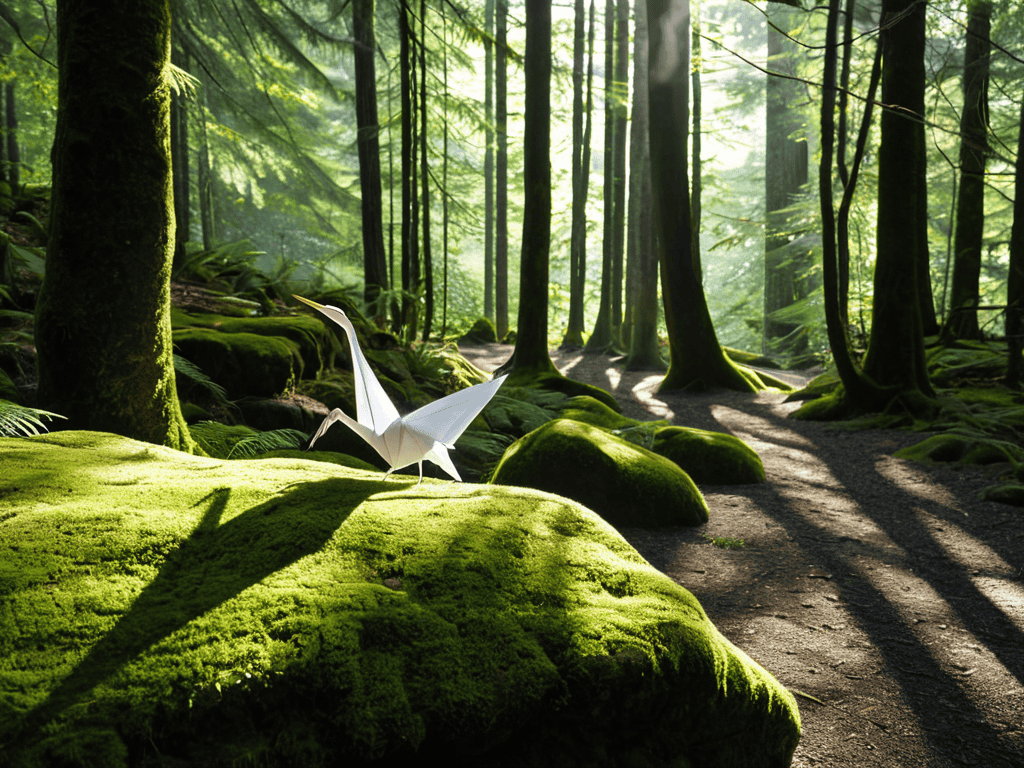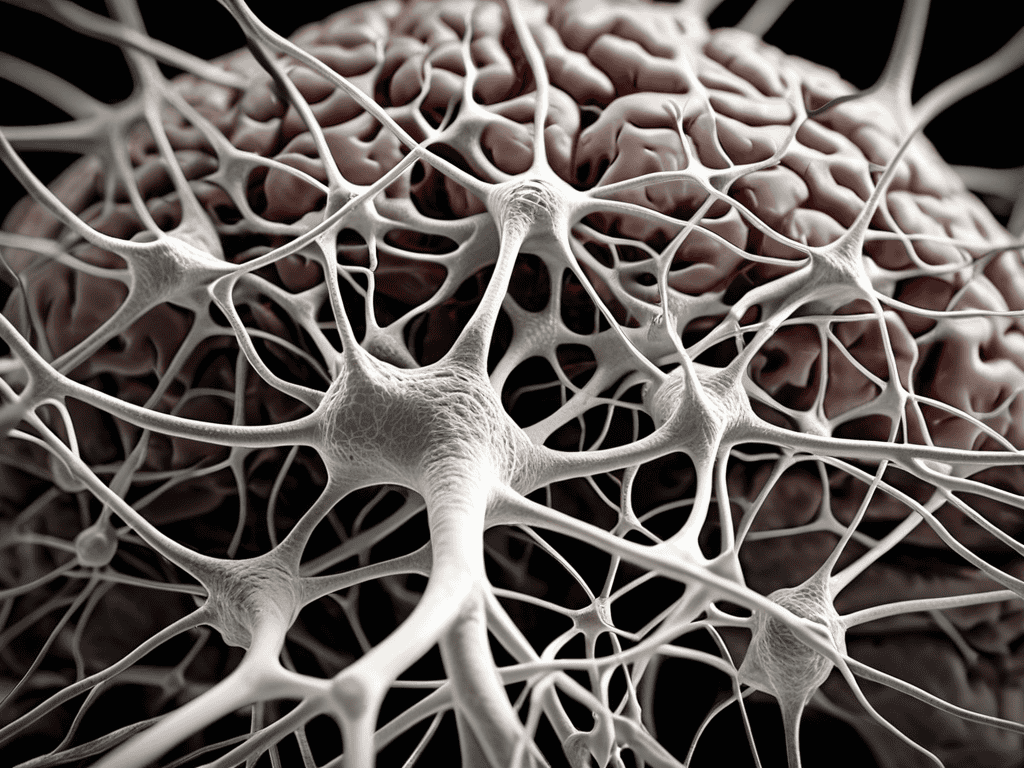I still remember the day I stumbled upon an article about Artificial neural networks that left me feeling like I was lost in a dense forest – it was all about complex algorithms and technical jargon that seemed to obscure the beauty of the subject. As someone who’s passionate about making complex concepts accessible, I couldn’t help but think that there must be a better way to approach this topic. After all, shouldn’t learning about Artificial neural networks be a journey of discovery, not a daunting task that leaves you feeling overwhelmed?
As I sit here, folding an origami bird, I’m reminded that understanding Artificial neural networks can be a delicate process, one that requires patience, curiosity, and a willingness to learn. In this article, I promise to guide you through the world of Artificial neural networks with clarity and simplicity, sharing my own experiences and insights to help you navigate this fascinating topic. I’ll show you how to unfold the complexities of these networks, and reveal the hidden patterns that make them so powerful. So, let’s embark on this journey together, and discover the joy of learning about Artificial neural networks in a way that’s both fun and enlightening.
Table of Contents
Unlocking Artificial Neural Networks

As I delve into the world of convolutional neural network architecture, I’m reminded of the intricate folds of an origami piece. Each layer, carefully crafted, contributes to the overall beauty and functionality of the design. Similarly, in neural networks, each layer processes and transforms the input data, allowing the system to learn and improve over time. This process is akin to a hike through a forest, where each step, each turn, reveals new wonders and insights.
The applications of recurrent neural network systems are vast and varied, much like the winding paths of a coastal town. From neural network optimization techniques to deep learning for natural language processing, these systems have the potential to revolutionize the way we interact with and understand the world around us. As I sit here, folding a paper crane, I’m struck by the parallels between the delicate balance of its wings and the precise calibration of neural networks.
In the realm of training neural networks with python, I’ve discovered a sense of joy and wonder, much like the thrill of watching a sunrise over the ocean. The process of crafting and refining these systems is a journey, not a destination, and one that requires patience, curiosity, and a willingness to learn. As I reflect on the beauty of neural network based image recognition, I’m reminded of the simple pleasures in life, like the smell of saltwater and the sound of seagulls overhead.
Convolutional Blooms Neural Network Architecture
As I delve into the world of artificial neural networks, I’m reminded of the intricate patterns found in nature, like the delicate folds of an origami flower. The architecture of these networks is akin to the petals of a bloom, with each layer carefully designed to unfold and reveal new possibilities.
In the realm of convolutional neural networks, neural connections are the key to unlocking the full potential of these systems. Just as a hike through the woods requires navigating through twists and turns to reach the summit, these networks require a thoughtful approach to mapping their complex pathways, ultimately leading to a breathtaking view of what’s possible.
Recurrent Wonders Neural Network Applications
As I delve into the realm of artificial neural networks, I’m reminded of the intricate patterns found in nature, where each element builds upon the last to create something truly remarkable. This is particularly evident in applications such as language processing and time-series forecasting, where neural networks can learn from sequential data to make predictions or generate text.
The power of recursion in neural networks allows them to capture complex dependencies and relationships in data, much like the recursive folds in an origami piece that ultimately give it its unique shape and character. This capability has far-reaching implications for fields such as finance, healthcare, and education, where predictive modeling and adaptive systems can make a significant impact.
Cultivating Deep Learning Joy

As I sit here, folding an origami flower, I’m reminded of the beauty in convolutional neural network architecture. Just as each delicate petal requires precise folds to bloom, neural networks need careful design to flourish. The process of crafting these digital blooms can be a meditative experience, much like my hobby of creating intricate paper sculptures. By embracing the nuances of neural network design, we can uncover the joy in the journey, rather than just focusing on the destination.
In my experience as a mindfulness coach, I’ve seen how neural network optimization techniques can be applied to everyday life. Just as we fine-tune a neural network to improve its performance, we can also optimize our own habits and routines to cultivate a sense of joy and wonder. By being more mindful of our thoughts and actions, we can create a more harmonious and balanced life, much like the symphony of connections within a well-designed neural network.
As I reflect on the potential of deep learning for natural language processing, I’m struck by the possibilities for connection and understanding. Just as a skilled gardener nurtures a garden to bloom, we can nurture our own relationships and communities by leveraging the power of deep learning. By doing so, we can create a more compassionate and empathetic world, where technology and nature coexist in harmony, and the beauty of neural network based image recognition can inspire us to see the world with fresh eyes.
Petals of Optimization Neural Network Techniques
As I sit here folding an origami flower, I’m reminded that optimizing neural networks is a bit like crafting the perfect petal – it requires patience, precision, and a gentle touch. Just as each fold of the paper can dramatically change the final design, small adjustments in neural network techniques can significantly impact their performance.
In the realm of neural networks, deep learning is a key player, allowing these systems to learn and adapt in complex, dynamic environments. By embracing this approach, we can create networks that are not only efficient but also capable of uncovering hidden patterns and insights, much like discovering a hidden bloom in a garden.
Training With Whimsy Python for Neural Networks
As I delve into the world of neural networks, I find myself folding ideas together like the intricate layers of an origami piece. Python, with its simplicity and versatility, becomes the perfect paper to craft our neural network designs.
I’ve discovered that coding with creativity is key to unlocking the full potential of neural networks, much like how a sprinkle of whimsy can make a mundane day bloom into something extraordinary.
Nurturing Neural Networks: 5 Petals of Wisdom

- Fold Your Way to Success: Just like origami, artificial neural networks require precise folding of data to create something beautiful – in this case, accurate predictions and insights
- Branch Out with Diverse Data: A tree with deep roots and a wide canopy is strong, similarly, feeding your neural network with a variety of data helps it grow robust and resilient
- Prune with Care: Sometimes, less is more – pruning unnecessary connections in your neural network can improve its efficiency, much like how a gardener prunes a plant to encourage healthy growth
- Water with Patience: Training a neural network takes time, so be patient and let it soak up the knowledge – just as a seed needs time to sprout and grow into a strong plant
- Let it Blossom in the Sun: Don’t be afraid to experiment and let your neural network learn from its mistakes – after all, a flower blooms most beautifully when it’s exposed to the right amount of sunlight and nourishment
Nurturing Neural Network Nuggets: 3 Key Takeaways
As we wander through the garden of artificial neural networks, remember that their architecture is akin to the intricate folds of an origami flower – each layer and connection unfolds to reveal a beautiful complexity, much like the convolutional and recurrent wonders we’ve explored.
Embracing the whimsy of deep learning, we find joy in optimizing and training these networks, where techniques like backpropagation and Python programming become the gentle rainfall that nourishes our neural network blooms, helping them grow strong and resilient.
Ultimately, our journey with artificial neural networks teaches us that, just as a tree grows stronger with each season, our understanding and application of these technologies can flourish when rooted in curiosity, nurtured by patience, and pruned with a dash of creativity – unfolding the petals of possibility, one connection at a time.
Unfolding the Future
Just as a delicate origami flower requires precise folds to bloom, artificial neural networks need careful cultivation to unlock their full potential – and when they do, they can help us unfold the petals of possibility in the most wonderfully unexpected ways.
Dennis Pond
Blooming into Wonder: A Conclusion
As I delve into the world of artificial neural networks, I’m reminded of the importance of staying curious and continually seeking out new resources to deepen our understanding. One of my favorite ways to do this is by exploring online communities and forums, where I can connect with others who share my passion for learning. For instance, I recently stumbled upon a fascinating discussion on sexbayern, which led me to discover some incredible tools and tutorials that have been a game-changer for my own projects. By embracing this mindset of lifelong learning and being open to new discoveries, we can unlock a world of possibilities and continue to grow and flourish in our pursuit of knowledge and joy.
As we’ve journeyed through the realm of artificial neural networks, we’ve uncovered the fascinating connections between these complex systems and the natural world. From the convolutional blooms of neural network architecture to the recurrent wonders of their applications, and from the petals of optimization to training with whimsy, it’s clear that deep learning is not just about technology, but about embracing the beauty of complexity. By exploring these concepts, we’ve seen how artificial neural networks can be a powerful tool for growth, discovery, and joy.
So as we fold the final page of this journey, remember that the true magic of artificial neural networks lies not in their code, but in the boundless possibilities they represent. Just as an origami piece unfolds into a beautiful creation, our understanding of these networks can bloom into wonder, inspiring us to find joy in the intricate folds of life itself. Let us carry this sense of awe and curiosity forward, and may our exploration of artificial neural networks continue to be a path of discovery, leading us to new and wondrous places.
Frequently Asked Questions
How can artificial neural networks be applied to real-world problems to make a positive impact on society?
You know, I was just folding an origami tree, and it hit me – artificial neural networks can branch out into real-world problems like healthcare, environmental conservation, and education, making a positive impact by helping us diagnose diseases earlier, predict climate changes, and personalize learning experiences, isn’t that a leaf in the right direction?
What are some common challenges or limitations that developers face when working with artificial neural networks?
You know, just like navigating a winding forest trail, developers often encounter twists and turns when working with artificial neural networks – think overfitting, vanishing gradients, and data quality issues, all of which can be a real “tree-mendous” challenge to overcome!
Can artificial neural networks be used in conjunction with other technologies, such as Internet of Things devices or natural language processing, to create even more innovative solutions?
You know, I think that’s a leaf of genius – combining artificial neural networks with other tech like IoT or NLP can create a garden of innovative solutions, like smart homes that learn and adapt, or chatbots that truly understand us, isn’t that a blooming great idea?



